What Should Be Considered When Creating An Email Marketing Campaign?
Posted on 7th September 2023

If your business is planning on creating a great email marketing campaign that helps you to sell, then there’s a number of things you must consider when creating your emails.
With these campaigns being a way for you to advertise your products and offers directly to your audience, you need to find away to get your audience opening these emails and engaging with what’s included within them.
Here's what you need to consider when you create your email marketing campaign.
Make Sure Your Audience Know Who’s Sending The Email
When you send an email, it’ll appear in your recipient’s inbox and they need to be able to clearly identify that this email is coming from you. Much like brand recognition is important on your social media, it’s also important for your emails.
Having your email be displayed in subscribers inboxes as coming directly from you will help with open rates – recipients are much more likely to open an email that is marked as coming directly from your business rather than an email coming simply from someone’s name or a random email address they don’t recognise, so make sure you check this when planning your campaigns.
Sites such as FloDesk allow you to change who the email is coming from whilst you’re editing your campaign, letting you ensure that emails are being delivered directly from your business’ name.
Create A Snappy Subject Line
Your subject line is what hooks in those receiving your emails, and often is the thing that first introduces the recipient to the contents of the email. This is where you’d usually mention an offer that’s enclosed, a new product or a sale of some kind – whatever you deem necessary and valuable to advertise to your audience.
Keeping your subject line around 30 characters or under will ensure that this subject line shows up fully on both desktop and mobile, and doesn’t cut off, which could potentially hide what you’re offering.
Your subject lines need to be accurate – whilst it can be enticing to optimise your subject line to the point where addressing an audience as if they’ve got an order on the way when they haven’t, or if you’re writing as though they’re receiving a formal email, you could lose subscribers or see low open rates as audience’s may feel duped or subject line. You must make sure you are being as realistic as possible so that you don’t push recipients to unsubscribe from your list, instead of opening the emails as they appear in their inboxes.
Make Interesting Pre-Header Text
Your pre-header text is what appears below your subject line, and adds a bit more context to your email. This is a great place to use phrases like ‘hurry’, ‘don’t miss out’ and ‘be quick’, as they provide an incentive for the audience to open the email and claim an offer, promotion or deal before time runs out.
Your pre-header text and subject line work hand in hand, and help to tell a story to your audience about your email. For example, if you were to offer something like “Fancy FREE Next Day Delivery?” in your subject line, your pre-header text could read something like “That’s Right! You get Free UK Next Day Delivery when you spend £30+”. This connects your subject and pre-header text, and gives the recipient a little more information about what’s included within your email.
Impress With Your Body Content
Body content is everything included in your email, and what your recipient sees when they open your email. This is where people begin to understand your email further and what you’re offering, finding out more information and discovering more about what you promised in your subject line and pre-header text.
Your body content needs to be creative, eye catching, engage your audience and use the brand voice you use across your social media and website to help the audience know the email is directly coming from you. You need to also make sure your email is easy to read, especially if you’re choosing to go for colourful backgrounds, add in images, or use different text fonts.
You can make two different types of body content, subject lines or pre-header text and run an A/B Test. You may have heard this phrase be more commonly used when it comes to advertising using tools such as Facebook Ads, though it also works for your email too. You can use A/B testing to send different emails to your audience members and see which gets a better open and clickthrough rate, and which brings you the best sales, choosing to run this as your main campaign style going forwards.
Optimise Your Buttons
Emails have ‘buttons’ that recipients click that takes them to your website or a product page, or sometimes your social media. Ensuring these buttons are clicked requires you to think of a good incentive to include in these buttons and use a call to action that directs the audience on what they should do about the button. Whilst ‘Click Here’ is a classic form of button text, words like ‘Register’, ‘Discover’, and ‘Find Out’ also can encourage viewers to click on your buttons and visit your landing page.
Creating your Email Marketing Campaign can take you some time to get right, but it can be a great source of revenue and engagement for your business when it starts working right for you. Begin forming your email marketing campaigns today and see how they can help with your digital marketing!
Need further advice?
Get in touch to discuss your specific requirements and see how we can help you grow your social media presence
Tel: 07963216248
Email: chris@chrislondononline.co.uk
Or join our online Facebook for Business Course by clicking here
Share this post:





